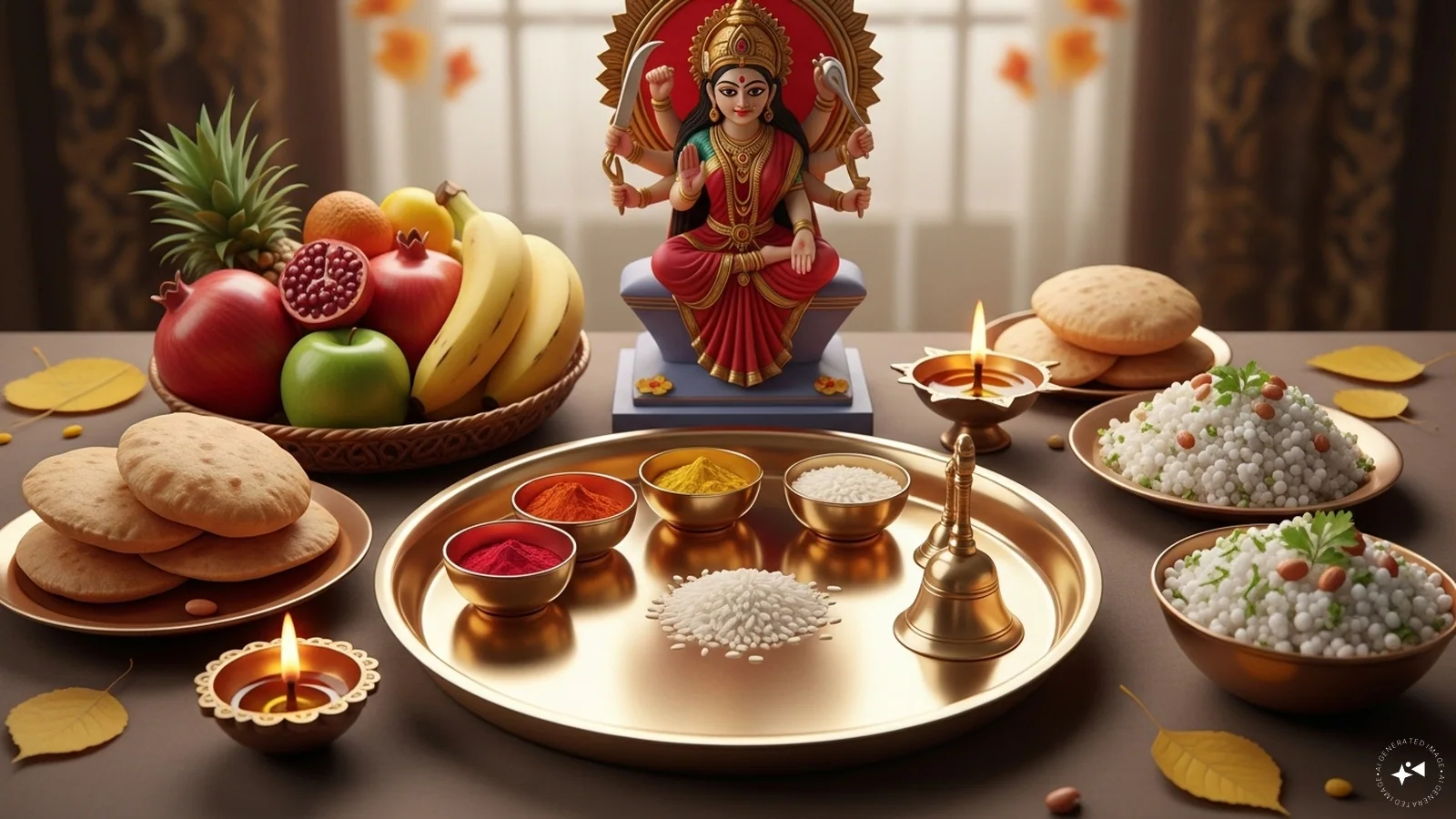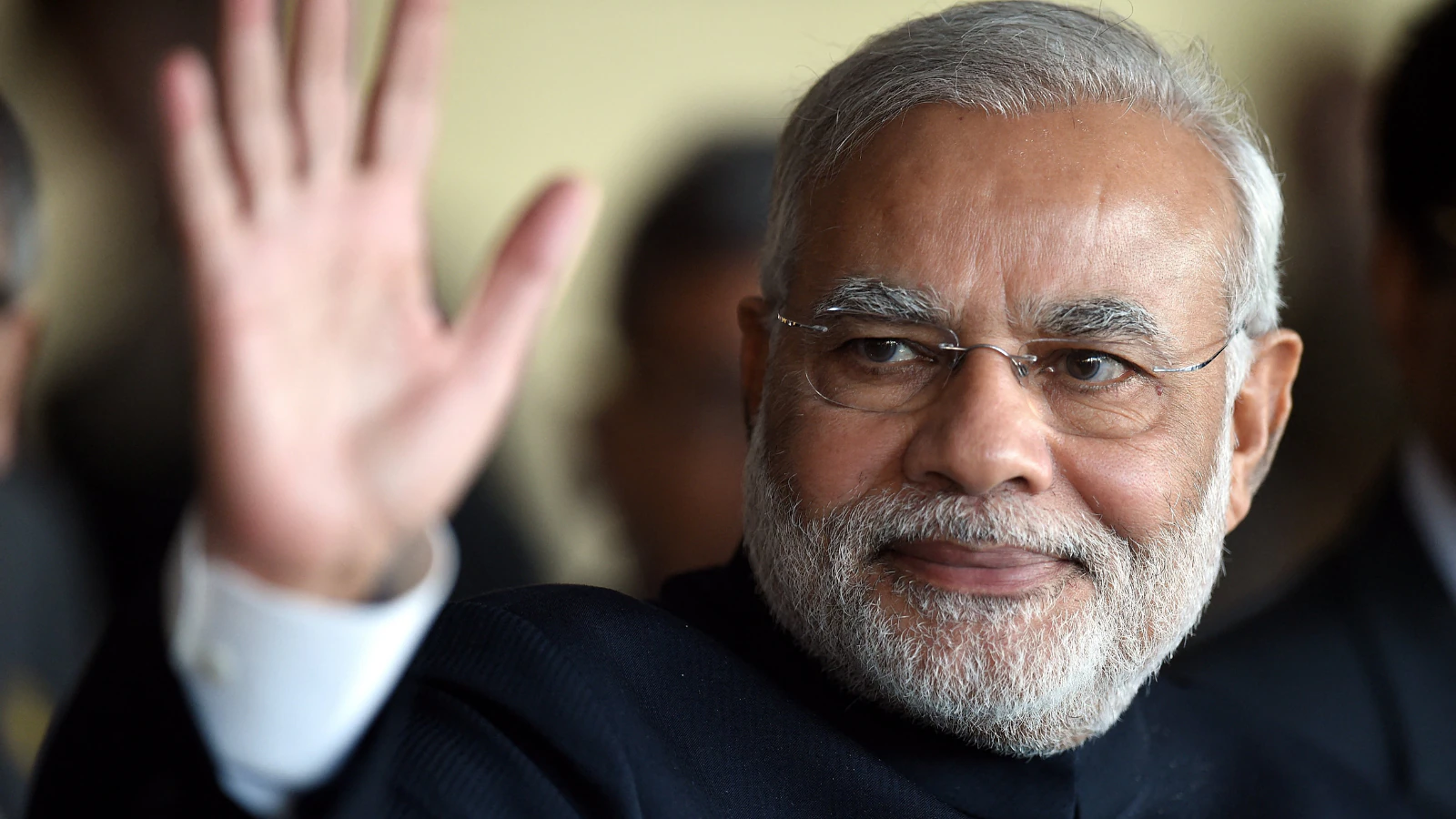By News18,Nibandh Vinod
Copyright news18

Shardiya Navratri, also known as Maha Navratri, is the most celebrated and spiritually significant of all the Navratris observed in India. It falls during the lunar month of Ashwin in the autumn season, which is also called Sharad Ritu—hence the name Shardiya Navratri. Each of the nine days is dedicated to the worship of one form of Goddess Durga, representing divine feminine power. In 2025, Shardiya Navratri will begin on September 22 and conclude on October 2, culminating in Dussehra, also known as Vijaya Dashami, which symbolizes the victory of good over evil.
The Tradition of Fasting During Navratri
Navratri fasting is considered one of the most important forms of devotion to Goddess Durga. Some devotees choose to fast for all nine days, while others keep fasts only on the first and last day of the festival.
Practices vary, while some strictly abstain from food and water, others prefer a fruit-based diet, eat one satvik meal a day, or limit themselves to two light meals daily.
ALSO READ: Sharad Navratri 2025: How Is It Celebrated In Different Parts Of India
Spiritual and Physical Benefits of Navratri Fasting
Observing fasts during Navratri is believed to bring immense blessings from Maa Durga. Devotees believe that sincere fasting pleases the Goddess, leading to prosperity, happiness and success.
Apart from the spiritual rewards, fasting during seasonal transitions also helps detoxify the body, restore energy balance and prepare the body for the upcoming climate change.
ALSO READ: Navratri 2025: 8 Must-Visit Maa Durga Temples Across India
Sacrificing personal interests and comfort is also regarded as an act of devotion, signifying surrender to the Goddess. Many traditions even say that Maa Durga herself laid down the rules of fasting for her devotees.
Important Rules to Follow While Fasting
Navratri fasting is not merely about abstaining from food but also about following certain spiritual and lifestyle disciplines. Some key rules include:
Very young children, elderly people, pregnant women and nursing mothers should avoid strict fasting for health reasons.
Devotees should refrain from eating meat, eggs, onions, garlic and using regular table salt. Only rock salt is permitted.
Alcohol, smoking and intoxicants are strictly prohibited during the fasting period.
Fluid intake should be increased with water, milk, or fresh juices to stay hydrated.
Devotees should rise early, bathe, wear clean clothes and perform puja in the morning and evening.
Black clothes should be avoided during Navratri as they are considered inauspicious.
Hair cutting, nail trimming, or shaving is not encouraged during these nine days.
Both men and women can observe fasts and even if fasting for nine days is not possible, one can choose a few days.
Traditionally, one satvik meal should be consumed in the evening, while fruits, milk and juices can be taken during the day.
Charity and donations are an integral part of Navratri fasting, as giving is considered a way of pleasing the Goddess.
On Ashtami and Navami, many families observe Kanya Pujan, where young girls are worshipped as the embodiment of Goddess Durga.
Foods You Can Eat During Navratri
Navratri fasting comes with its own special food practices. Here are some fasting-friendly options:
Flours for Fasting: Kuttu (buckwheat), rajgira (amaranth), and singhara (water chestnut) flour are commonly used to make rotis, puris and pancakes.
Sabudana: Tapioca pearls are extremely popular, used to prepare khichdi, vadas and kheer.
Fruits and Dairy: Fresh fruits, milk, yoghurt and home-made juices form the core of fasting diets.
Vegetables: Select vegetables like bottle gourd, potato, spinach, tomato and capsicum are allowed.
Rock Salt: Instead of common salt, rock salt (sendha namak) is used in cooking.
Samak Rice: Also known as barnyard millet, this is a nutritious alternative to regular rice.
Foods to Avoid During Navratri
Certain foods are strictly avoided while observing Navratri fasts. These include:
Regular Grains: Wheat, rice and products made from them are not consumed.
Lentils and Pulses: Legumes and dals are generally restricted.
Onions and Garlic: These are avoided as they are considered tamasic and not suitable for fasting.
Non-Vegetarian Food: Meat, fish and eggs are strictly prohibited.
Alcohol and Tobacco: Devotees stay away from alcohol, cigarettes and all intoxicants.
Processed or Packaged Food: Canned and ready-to-eat snacks are avoided in favour of fresh, home-cooked meals.
Navratri fasting is more than just a ritual—it is a spiritual journey of self-control, devotion and inner purification. While it allows devotees to strengthen their bond with Goddess Durga, it also helps the body align with seasonal changes. Following the right practices can make nine days of Navratri a deeply enriching experience.



